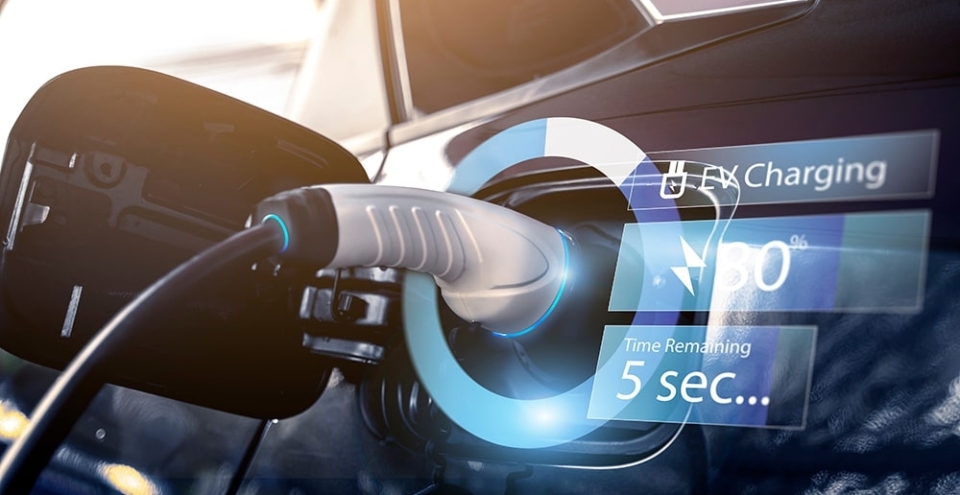
Dynamic Load Balancing
Being smarter about energy is becoming increasingly important, especially now that we have all kinds of devices at home that consume a lot of power. With dynamic load balancing, smart systems keep energy consumption well balanced by smoothing out peaks and troughs in supply and demand.
Efficient energy
Dynamic Load Balancing in the energy market is a technique that ensures that the demand for energy and the supply of energy are better matched. This is done through the use of smart systems that determine “live” when and how much energy is consumed. In this way, peaks in demand or supply are better distributed. The goal? To use energy more efficiently. So that neither too much nor too little energy is consumed. With cost savings and optimal energy consumption as a result.

Smart function
Dynamic load balancing is a smart feature in an EMS that ensures that peaks in feed-in and offtake are avoided. Unlike static load balancing, where the distribution of energy is predetermined, dynamic load balancing constantly adjusts based on changes in supply and demand. This is important to prevent overloading. Especially in buildings with devices such as EV charging stations, heat pumps and solar panels, which have unpredictable energy needs.
Optimal distribution
By smartly controlling and optimally distributing energy consumption, the EMS ensures that the maximum allowable power consumption is not exceeded. The system uses smart algorithms that track energy consumption “live. The EMS reacts automatically by, for example, switching devices on or off or storing excess energy in batteries. If consumption is too high, the EMS intervenes immediately to prevent problems. As a result, the power does not fail.
Insight and Control
An EMS is an advanced system that helps optimize and manage energy consumption within a building, household, or business. The system uses smart technologies such as sensors, meters, and algorithms to monitor and regulate energy consumption as well as energy generation and storage. The key functionalities of an EMS are explained below.
Energy Management SystemEnergy Monitoring
Self-consumption optimization
Dynamic Load Balancing

Peakshaving

Dynamic rates

Imbalance market
Examples Dynamic Load Balancing
The examples below show how dynamic load balancing responds flexibly and intelligently to changes in power requirements. As a result, power consumption always remains optimal and safe.
- Electric Vehicles (EV Chargers)
With multiple charging stations, the available power is dynamically distributed to the charging vehicles depending on the total load on the grid. - Solar panels and home batteries
The generated energy is divided between direct consumption, storage in batteries and feed-in to the energy grid, depending on consumption and grid status. - Heat pumps and home appliances
Heat pumps are given priority when energy prices are low, while other appliances are temporarily delayed or turned off. - Data Centers
Servers are dynamically turned on or off depending on network traffic and demand to prevent overloads and power outages. - Industrial machines
In factories, energy is distributed among machines to avoid peaks, for example by staggering the start times of energy-intensive machines. - Smart grids
Local energy networks distribute available energy between households and businesses based on demand, supply and grid capacity.
Read more about Energy Management System (EMS)
The energy market is in full transition, and it’s not happening without fits and starts. Demand for electricity is exploding and renewable sources such as solar and wind continue to depend on the weather. The result: uncertain prices, limitations for consumers and major challenges for our future sustainability. With an Energy Management System, you get the most out of your energy sources without losing comfort.